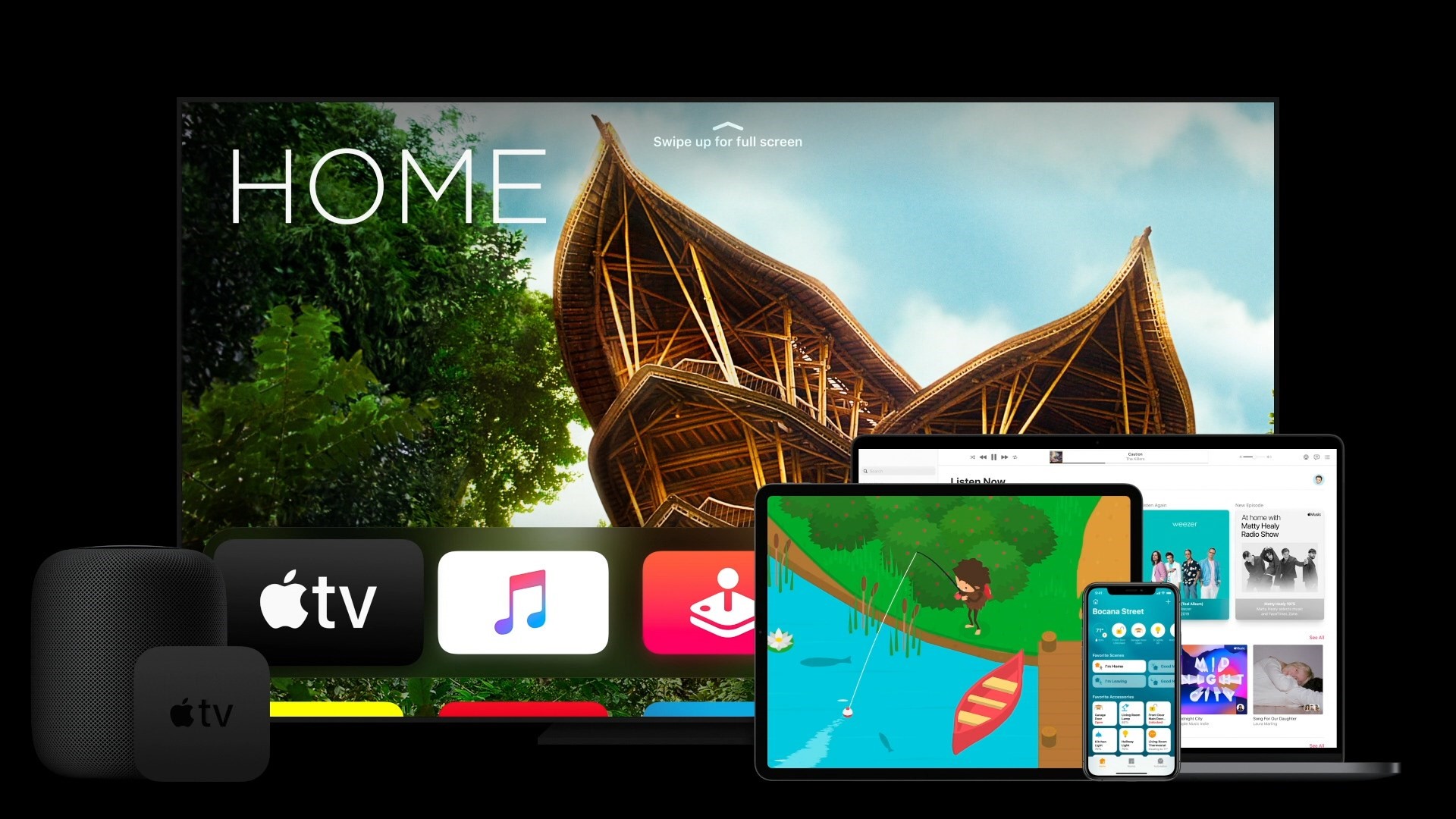It's hard to not have any smart tech in your home these days. Smart home tech is fairly ubiquitous, and most of us have some form of it in the house. Many of these products also utilize Apple's HomeKit (check out our ultimate guide), so you can control your house gadgets directly with your iOS device or even Mac.
How to find your Home folder To find your Home folder, open Finder and use the keyboard shortcut Command-Shift-H. You can use the Go pull-down menu from the menu bar to go to the Home folder. Jul 29, 2018 With the arrival of Home on macOS comes Siri control as well—Apple's voice assistant has been on the desktop since macOS Sierra launched in 2016, and it lives up on the right of the menu bar. If you can't see it, open up Siri from System Preferences, and tick the box marked Show Siri in menu bar. Jul 29, 2018 With the arrival of Home on macOS comes Siri control as well—Apple's voice assistant has been on the desktop since macOS Sierra launched in 2016, and it lives up on the right of the menu bar. If you can't see it, open up Siri from System Preferences, and tick the box marked Show Siri in menu bar.
But how do you get started with it on the Mac? Don't worry, we're going to walk you through it now.
How to set up Home app on Mac
Unfortunately, you can't directly set up the Home app on your Mac. Instead, you'll need to set it up on your iOS device first.
- Make sure that your HomeKit accessory is powered on and near your iOS device. You'll also want to double check if there is any additional equipment you need for it to work with iOS (i.e. Philips Hue Bridge for Philips Hue bulbs).
- On your iOS device, launch the Home app.
Tap on Add Accessory.
Scan the accessory's eight-digit HomeKit or QR code with your iOS device's camera. For those using an iPhone 7 or later and there's an NFC wireless icon on the accessory, you may hold your iPhone near the accessory to add it to the Home app.
- Tap on your accessory when it pops up on the screen to add it. If the prompt Add Accessory to Network pops up, select Allow.
Give your accessory a name and then assign it to a room. Organizing by room makes it easier to identify accessories in the Home app and control them with Siri.
- Tap Done.
In order to get your HomeKit accessories to show up in the Home app on Mac, you'll need to be signed in on the same Apple ID on both devices, have iCloud Keychain turned on, and make sure Home is toggled on in your iCloud Settings. Both iOS and your Mac should be updated with the latest software.

It's a bit disappointing that you're unable to add new accessories directly in the Mac version of the Home app, but you can still get most of the other features that Home is capable of.

Getting started with Home on macOS
When you first launch the Home app on your Mac, it'll ask for permission to connect to your iCloud account. When it gains access, it'll check for all of your HomeKit devices and add them to your 'Favorites' by default.
To turn a device ON/OFF, just click on it. Grayed out icons means that the device is currently OFF, while white means it's ON.

Right-click on a device and you'll get two options: Show Controls and Settings. The Settings allows you to do things like renaming your devices, which is useful when moving things around the house.
Settings will allow you to see the device name and room. From here you can add a device to your favorites list, include or exclude it from status updates (they are included by default), group accessories, and see details about the device manufacturer, model number, firmware, and serial number.
When you click on Show Controls, you'll have access to such things as dimming the lights, adjusting temperature, and more, depending on the devices you have. For those who use Philips Hue whit and color bulbs, Show Controls would also give you the option to change the color of your lights.
Automation for all
Apple Home For Macos Windows 7
Even though it seems that Home for macOS is a little half-baked with the fact that you can't add devices directly, it's still a useful tool to have. Using the Home app from your Mac means you don't have to look for your iPhone or tablet if you're at the desk and want to turn the lights off in a room that you're not using. Or if you want to lower the temperature in the house a bit, and your iOS device isn't right next to you, but you're at the computer, just do it from there. It's never been easier, especially if you're lazy.
If you're not convinced about smart home tech, maybe the ability to control your house from your computer will change that.
HomeKit
Main
Apple Macos Support
We may earn a commission for purchases using our links. Learn more.
Up and upAnalyst says iPhone 12 will cost more even without charger and headphones
Jeff Pu, an analyst at Chinese research firm GF Securities, predicts that Apple will raise the price of the iPhone 12 by at least $50.



